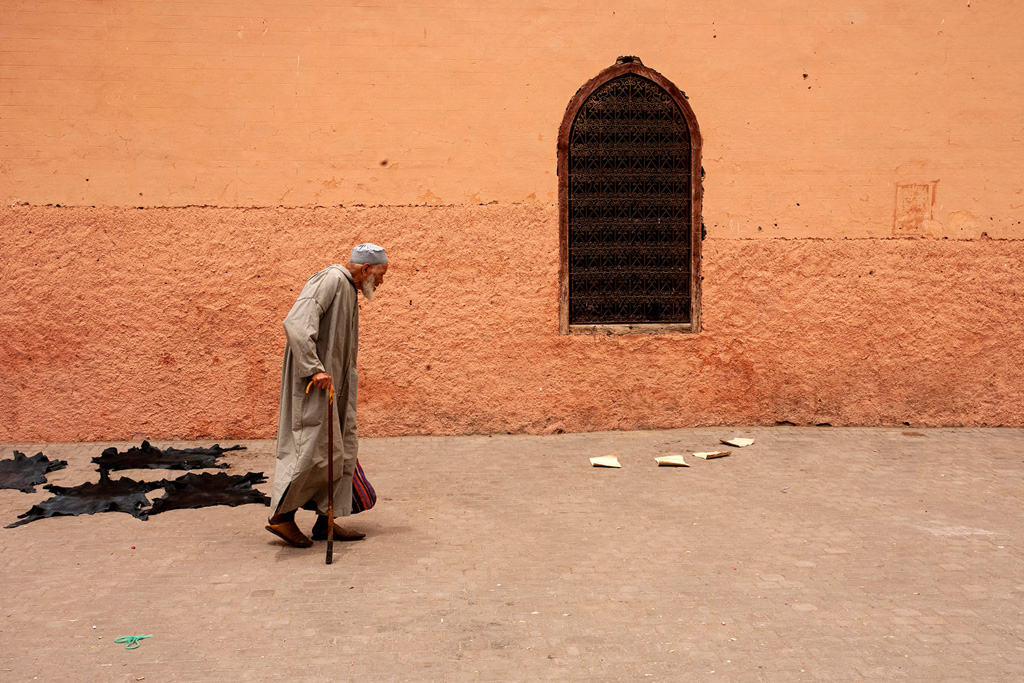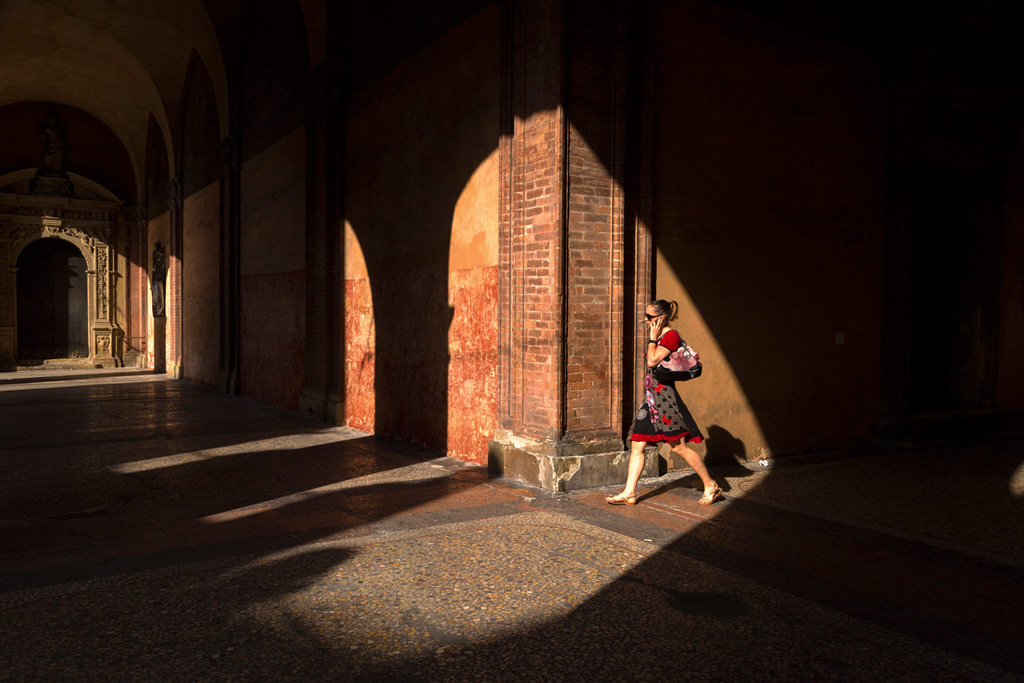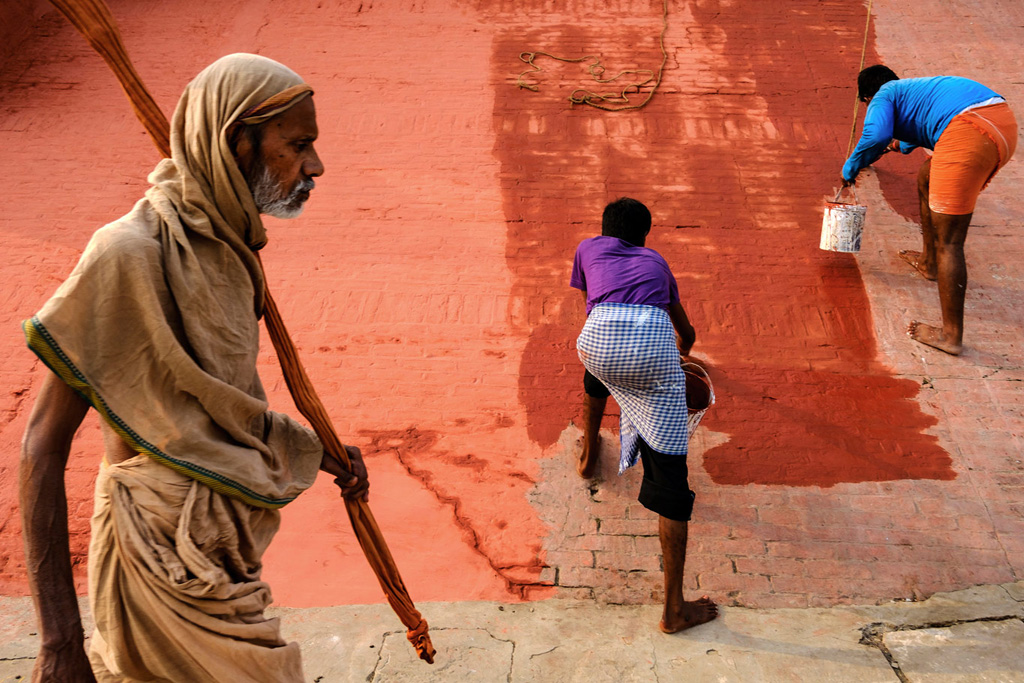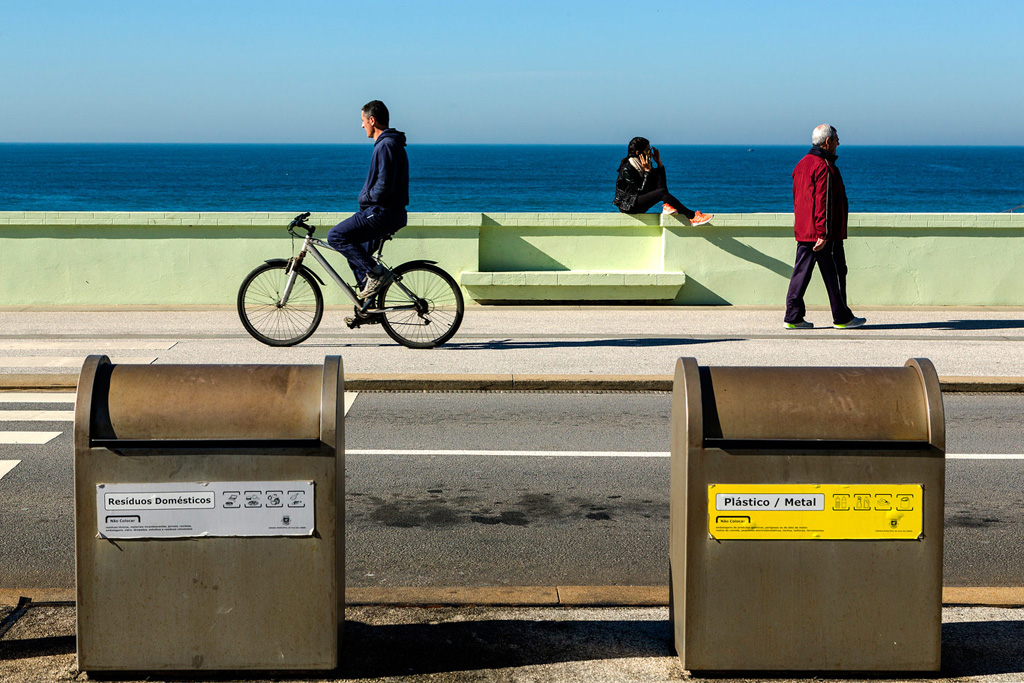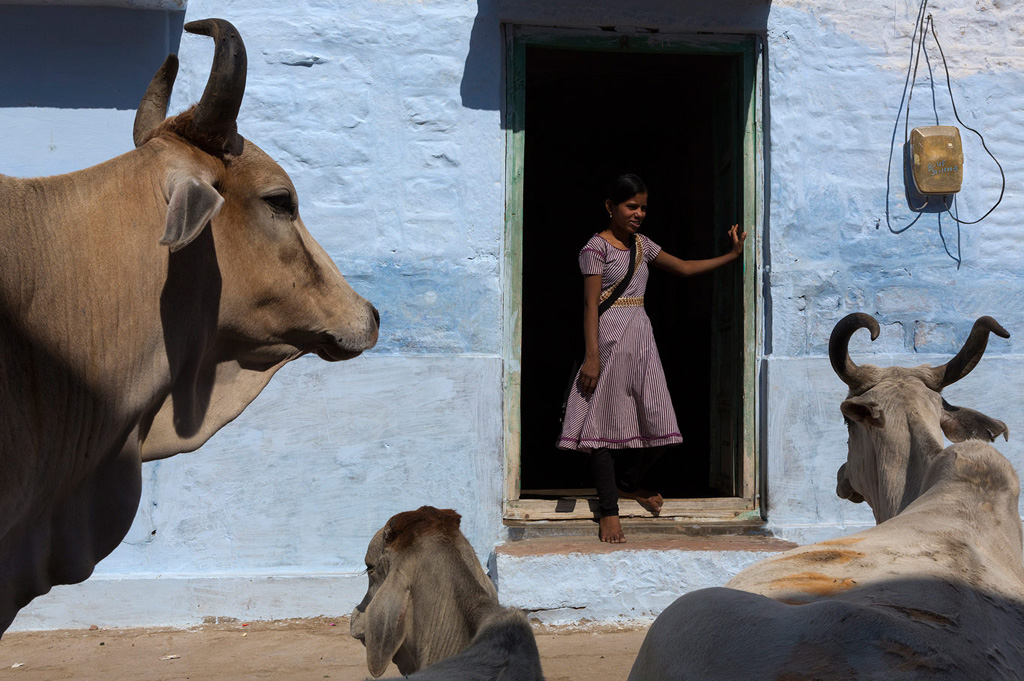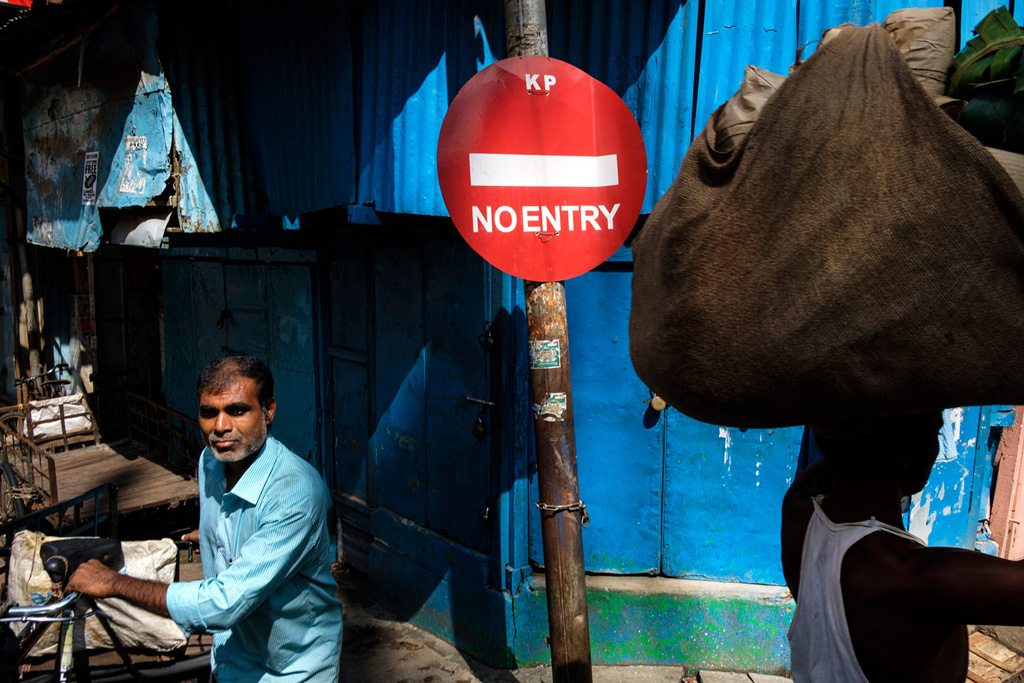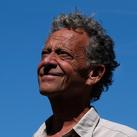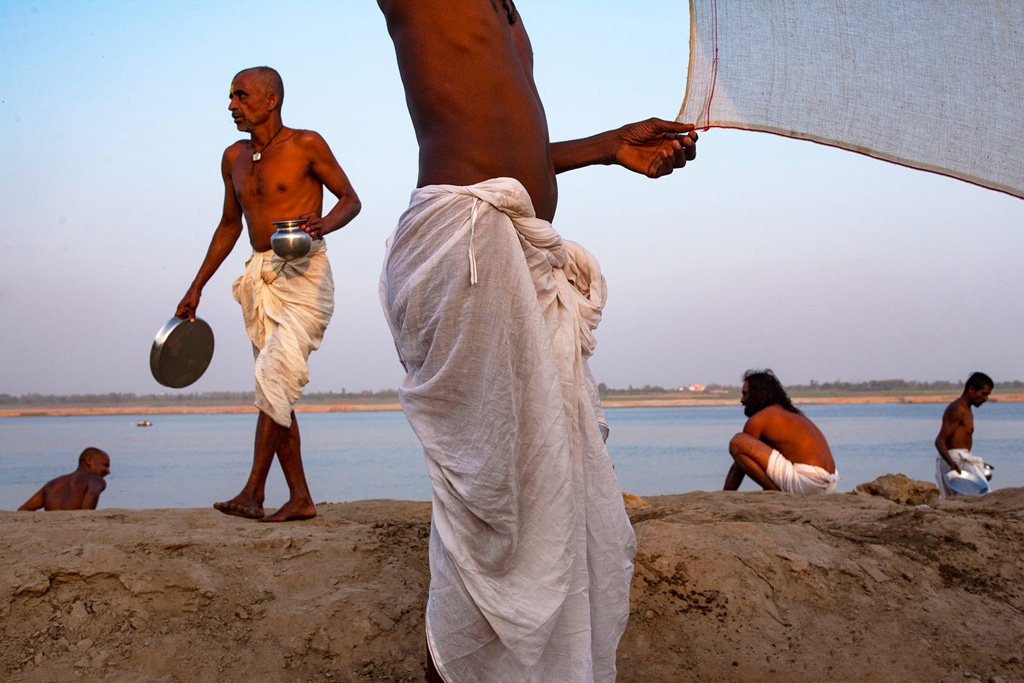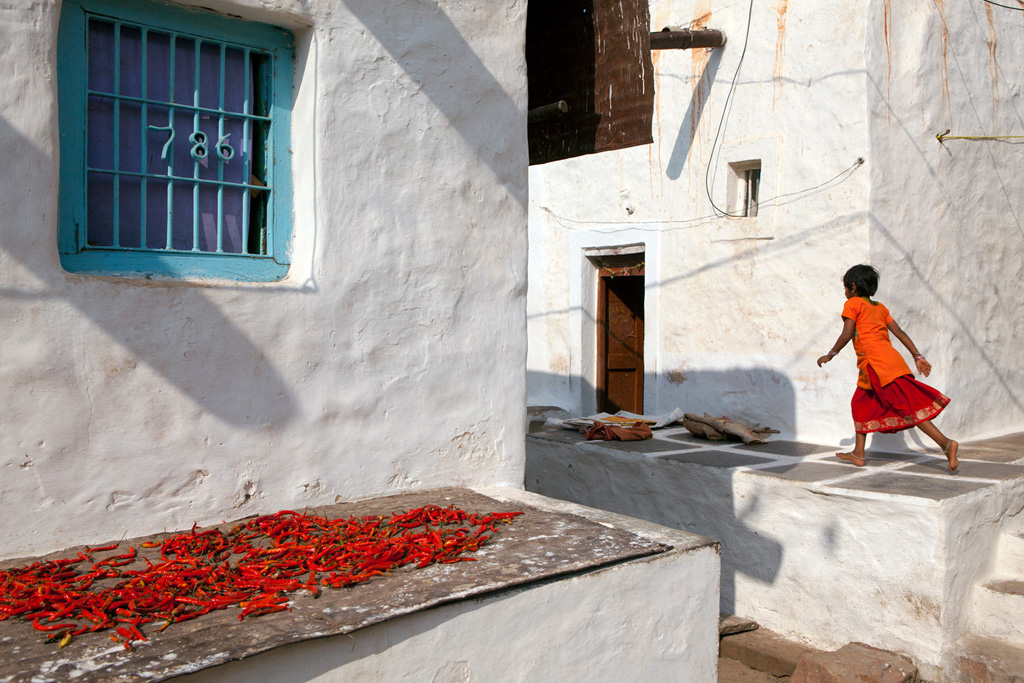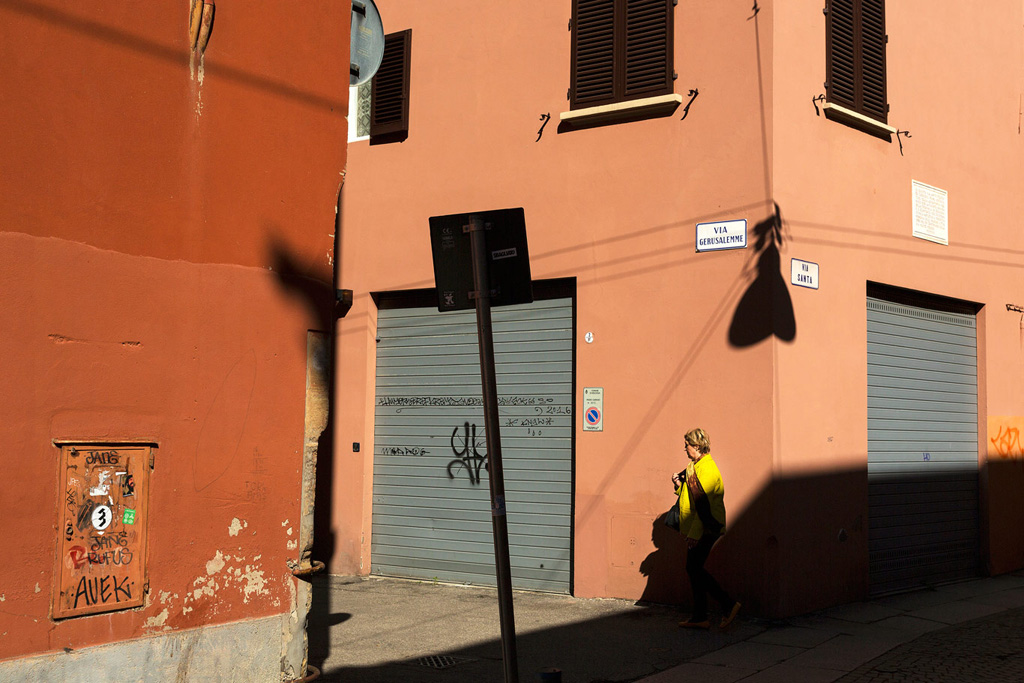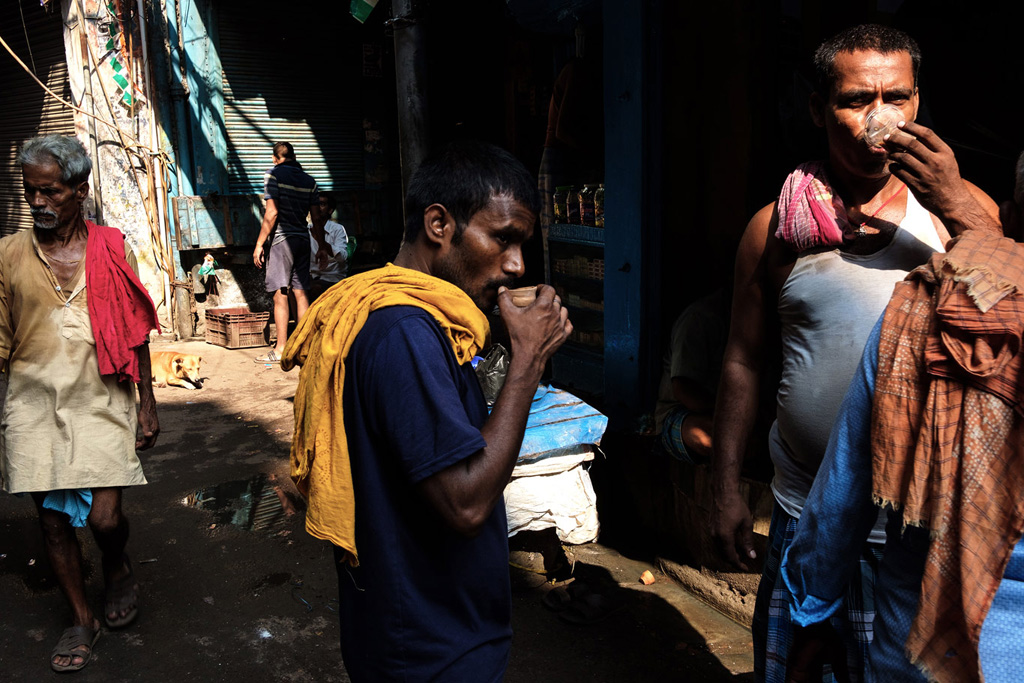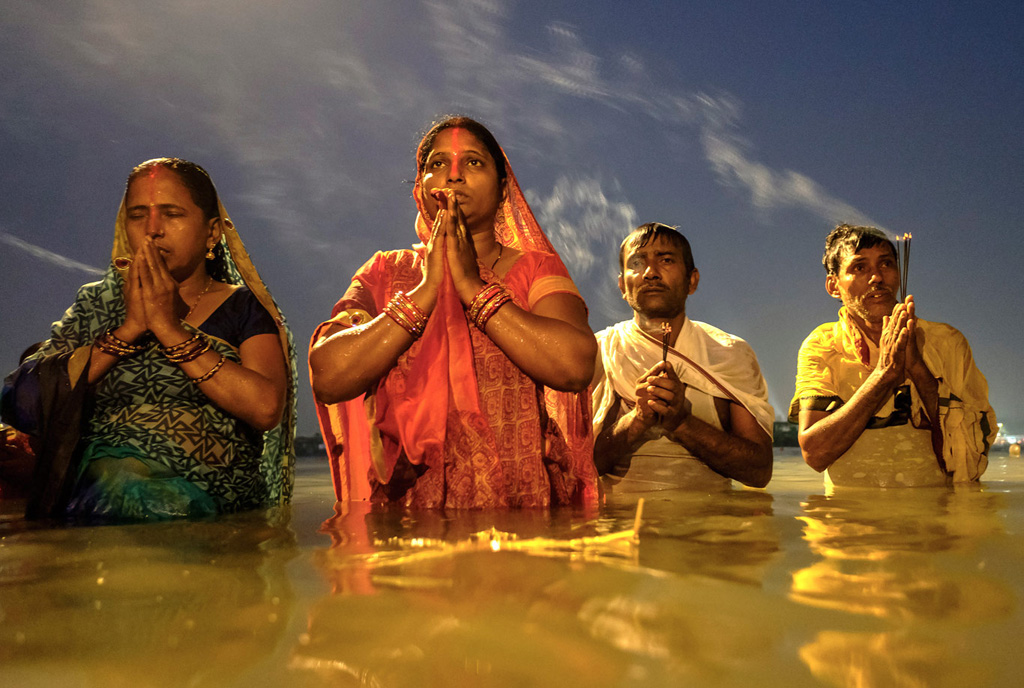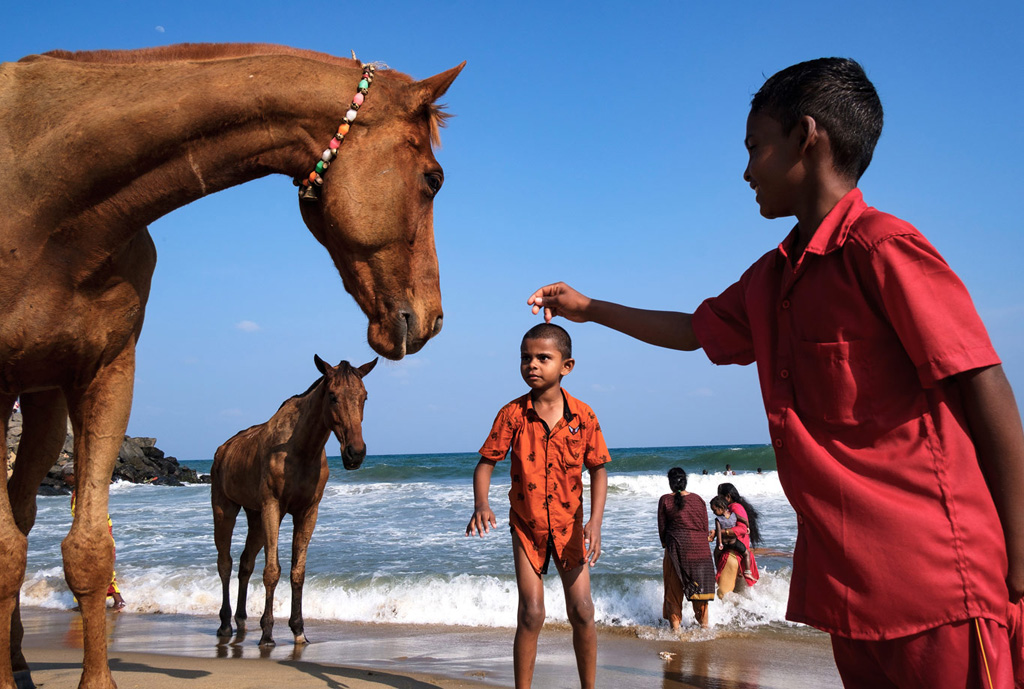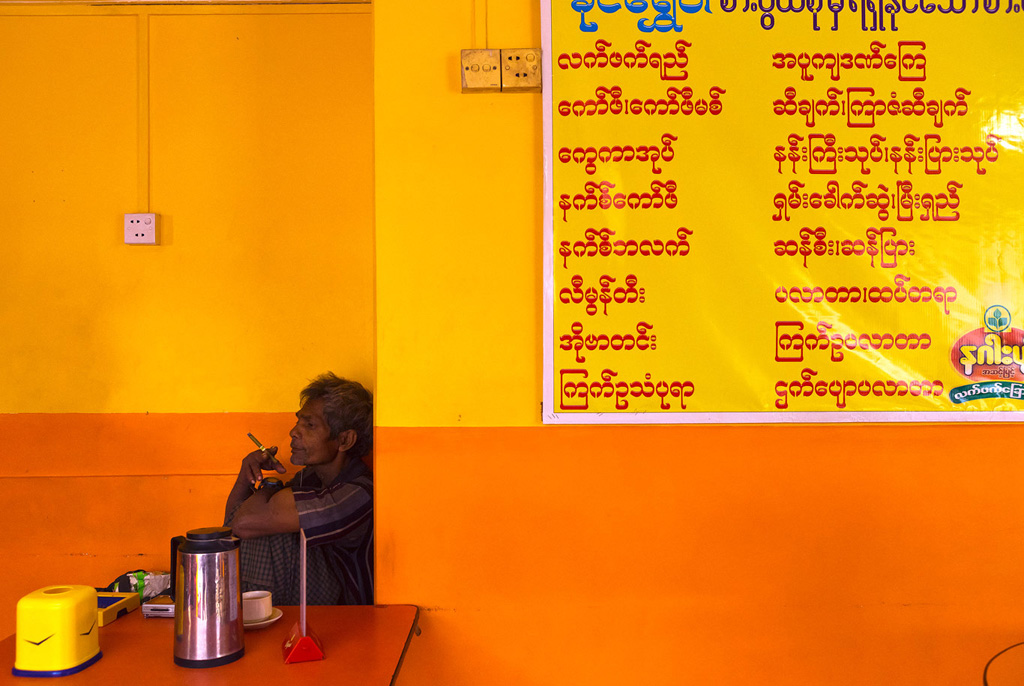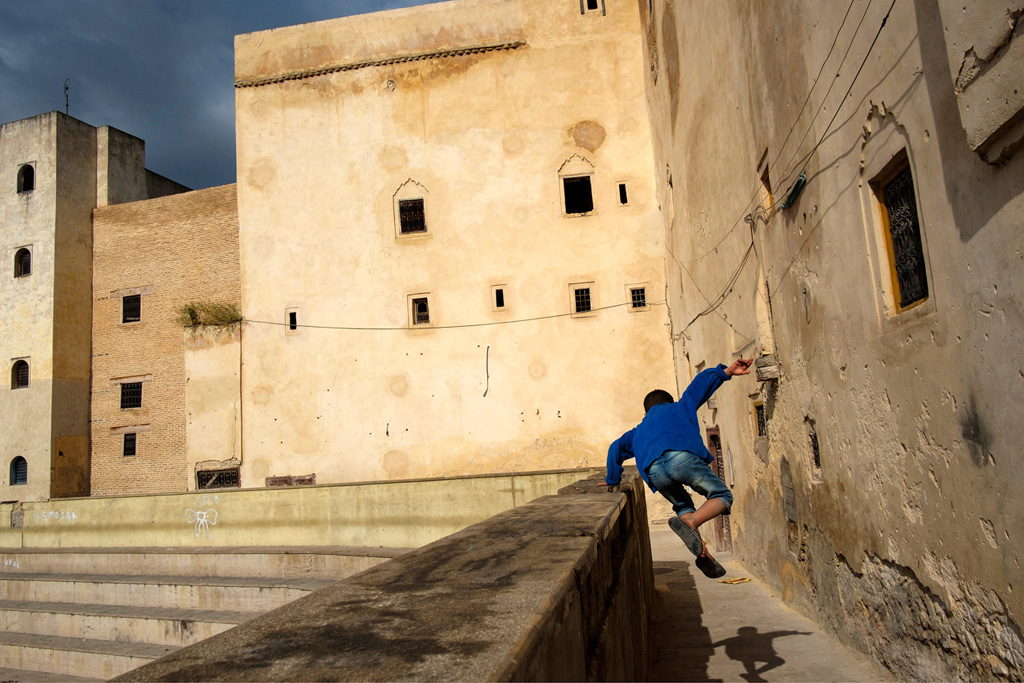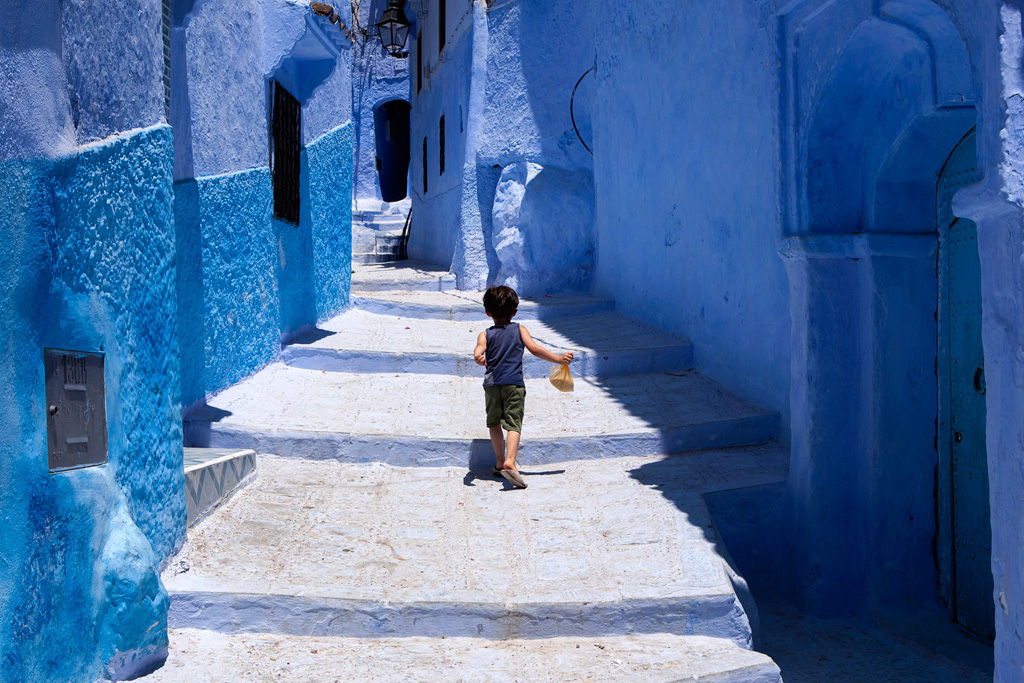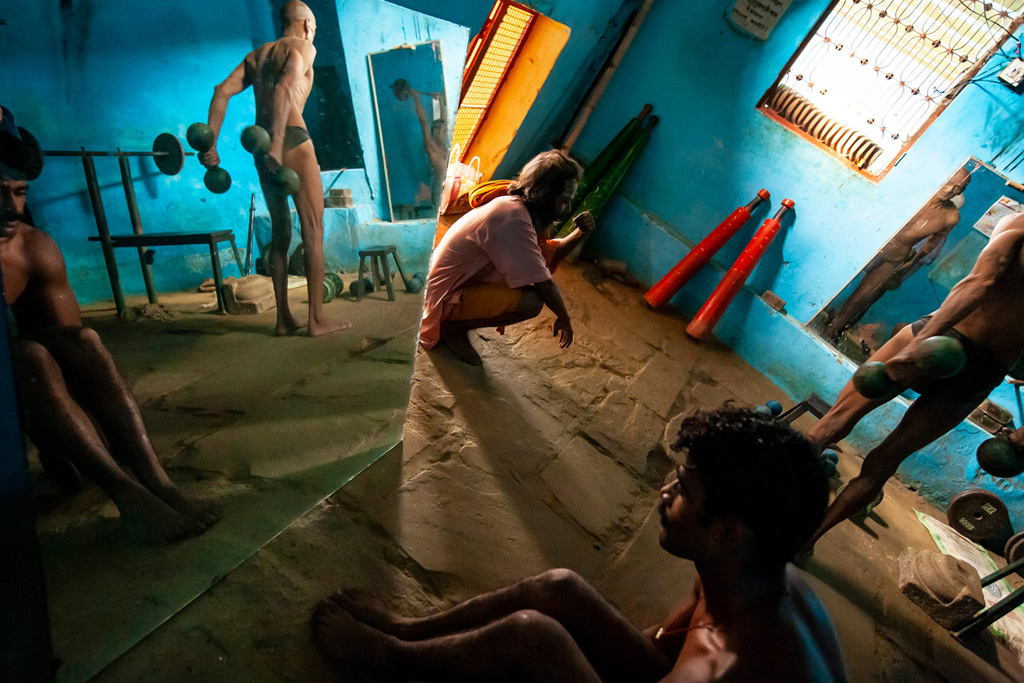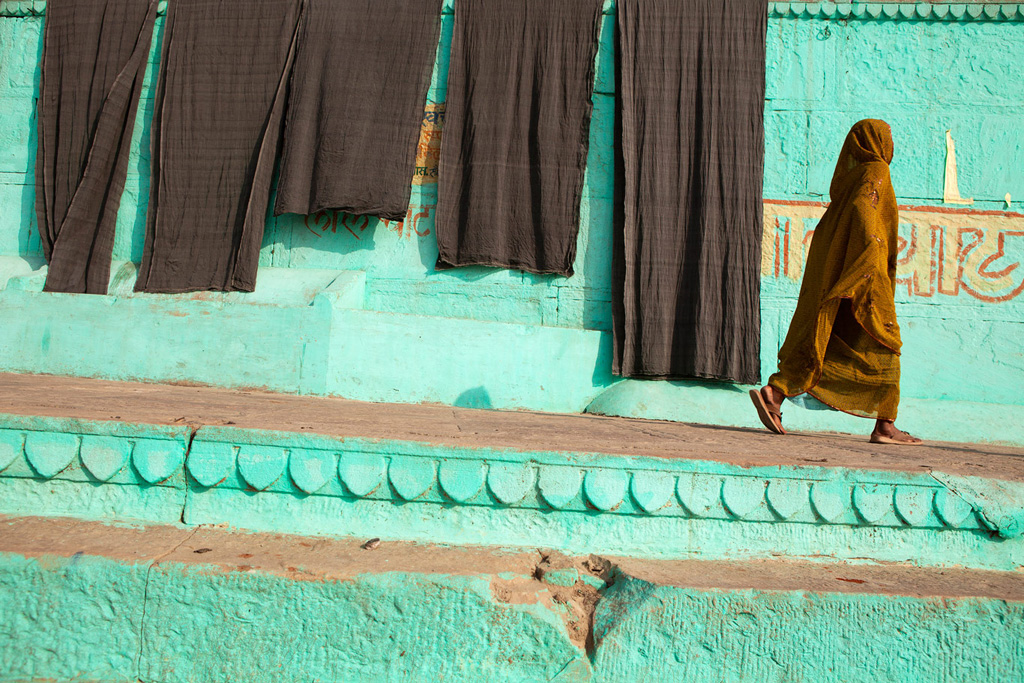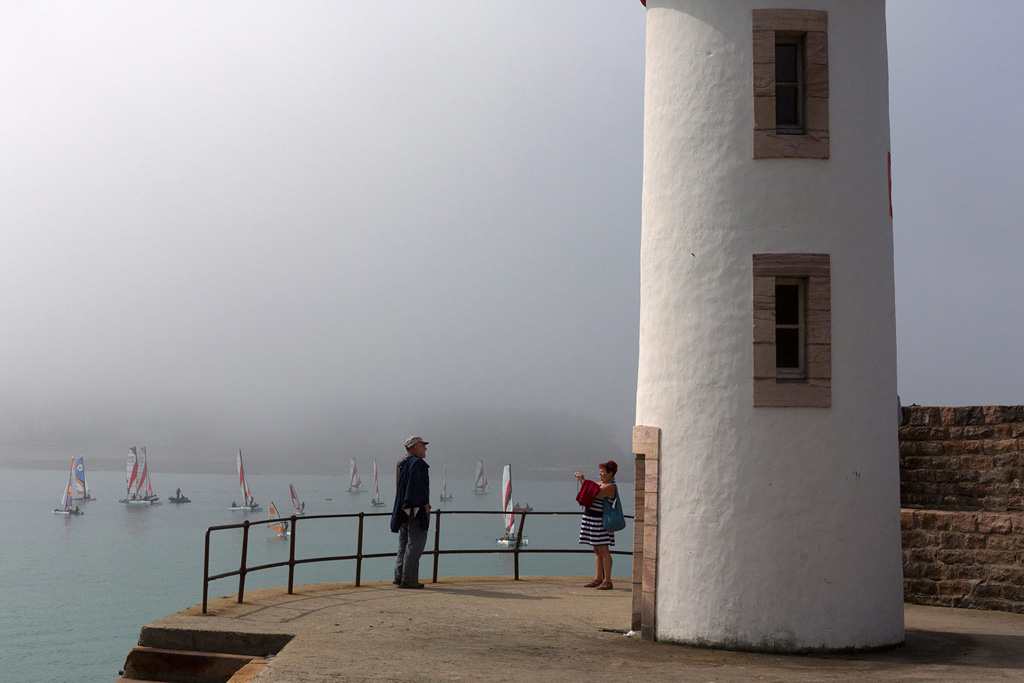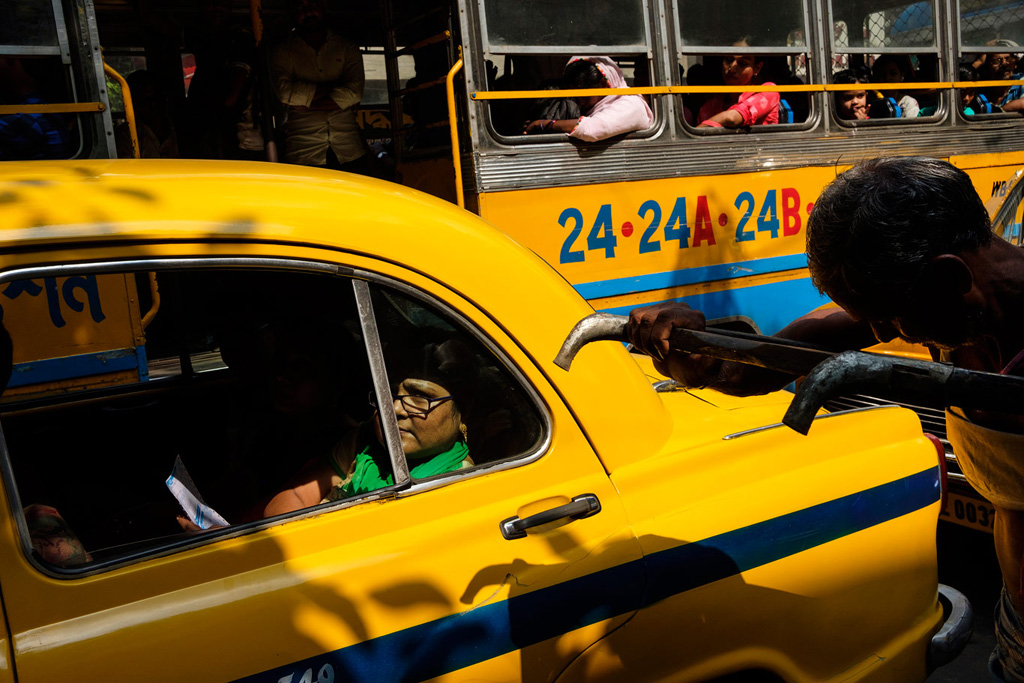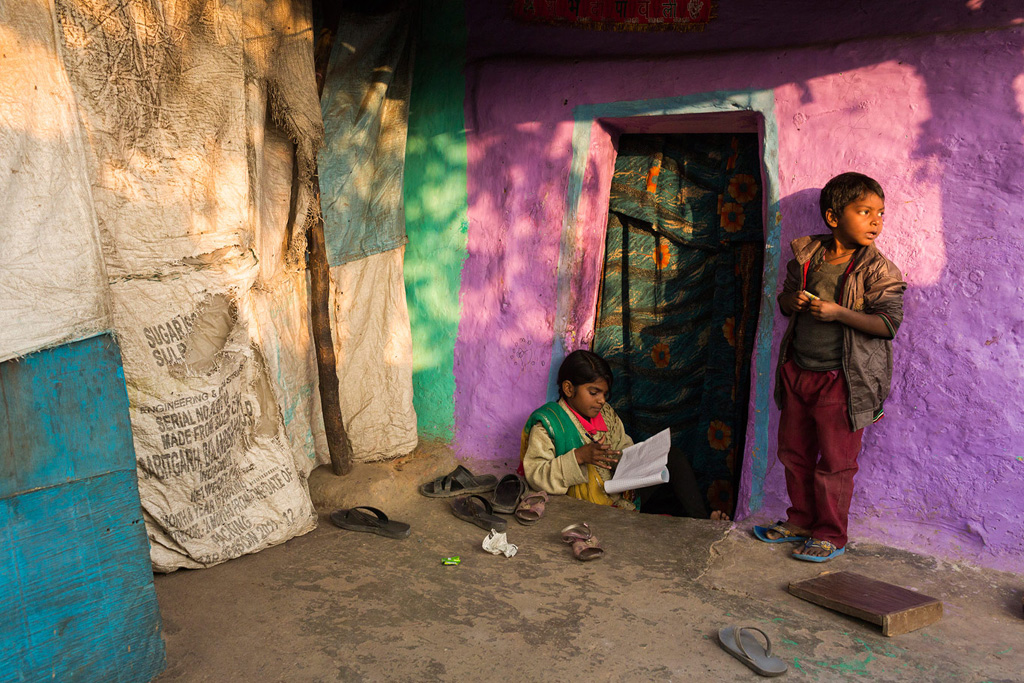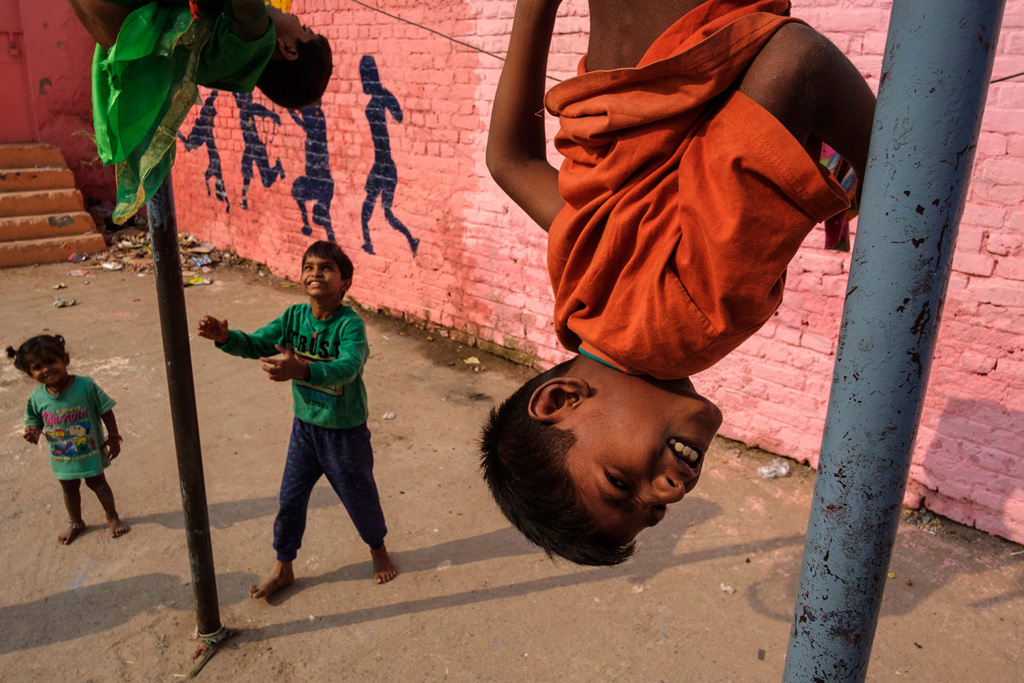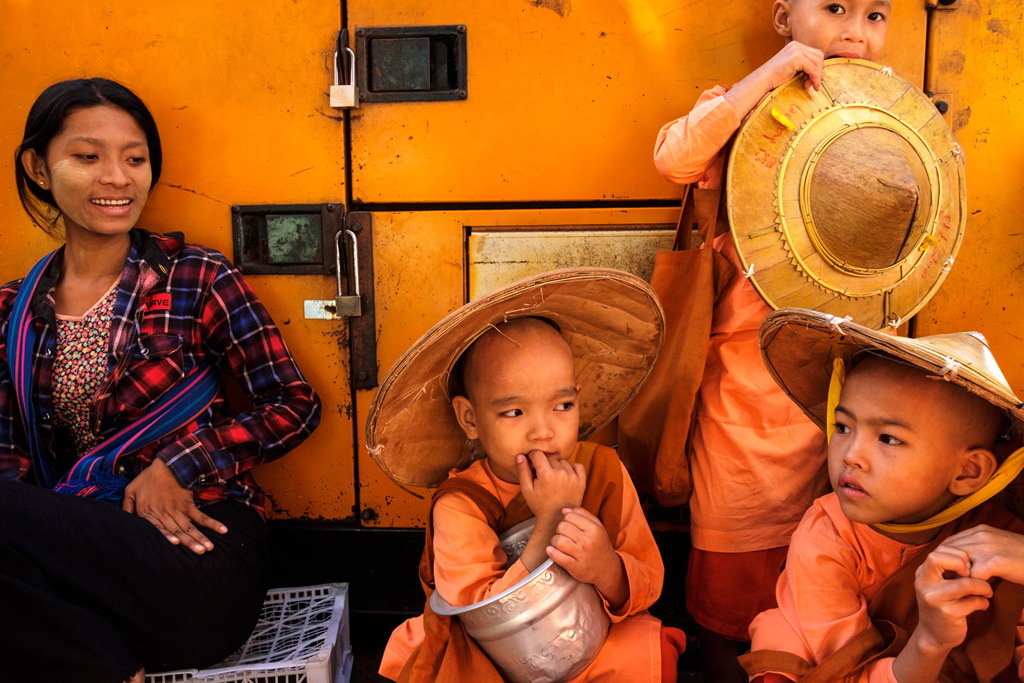Claude Renault
Hello Friends!! It’s really nice to be invited to speak about photography and also share some of my works with the readers. As a person more fluent in French, my English is not as fluent as you may expect. However, as people say art has an universal language and it connects its viewers through the artist’s prism.
For last 35 years I have been. Into photography and this is mostly my adult and more matured stage of my life. And out of that, there has been a transition from For about the past twenty years, I have moved toward street photography through travel photography.
What I am looking for in photography is primarily to feel an emotion.
Street photography owes a lot to the social networks. They have done a lot to promote street photography. Countless groups have been created. The problem is that they sometime operate in a vacuum: street photographers show their street photos to other street photographers. This is certainly a good thing, because it inspires emulation, but I am more sensitive to the compliments of a non photographer.
Even though it’s now called street photography, at the time I started shooting, it was just called « photography ». A photographer I do admire like Cartier-Bresson was called a « humanist » photographer.
From the pictures I am sharing with you, you can assume that mostly I shoot in color. These days I am starting again to shoot in B&W.
For me the essence of street photography is people and society. The photojournalist testifies to the great events of his time, while the street photographer testifies to daily life. That’s what attracts me most in photography.
I actually consider myself a travel photographer trying to show the way people live, and to achieve that, I have to be in the streets. I don’t see myself shooting elsewhere nowadays. Even though sometime I shot photojournalist stories, what fascinates me is the spectacle of the street, the innumerable anecdotes and fleeting coincidences that occur here and there. These tiny events don’t have the intensity of the great events, they are sometimes insignificant, but it is precisely this apparent insignificance that makes the street photo necessary.
It’s like a challenge once in the street to shoot, find the light, the colors, the moment, then shoot fast immediately and without ever questioning. The slightest questioning, the slightest apprehension, and the photo is over: the decisive moment has passed and will not return.
I like to establish a contact with the people or the place where I shoot. I love geometry, simplicity, emotions. Sometime I have projects, nowadays I mostly love to shoot in places I am especially in love with. I have no message in my work. I just take pictures. It’s up to the viewer to decide whether they make sense or not.
Of course, I could quote the list of great photographers I admire. It would not surprise anyone, because we always find the same names. In fact, it is not really photographers that inspire me, I am not inclined to veneration. I have my mental museum in mind. But I must say my real inspiration comes from painters such as Edward Hopper, Paul Gauguin, Nicolas de Staël, to name a few…Aesthetic is very important to me, even if I decide to shoot a story.
None of my photographs are staged, everything is what I see, what I live, even if I like to interact with the people I photograph. I have always a lot of different cameras. I started my professional work with Olympus OM 1, OM 2, then switched to Leica M6, then for about 25 years with Canon. Nowadays I am using Fujifilm cameras, light ones, XT3 and X100F, tow lenses a 23mm and 18mm. Thanks to the X100F I am been very discreet. Anyway, I am rarely suspected of being a professional photographer.
In the future I want to go back to what I was doing when younger. I don't want to see complicated images with heads, hands and arms hanging all over the place. It might be feat of composition, a prowess, but most of the time there is no emotion that emerges from these images. Just the pleasure of doing them.
